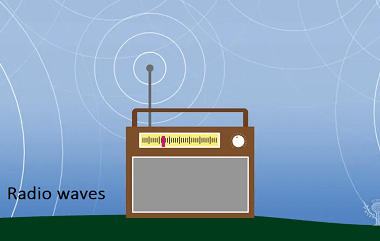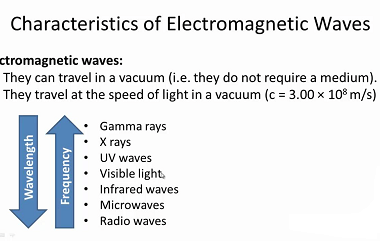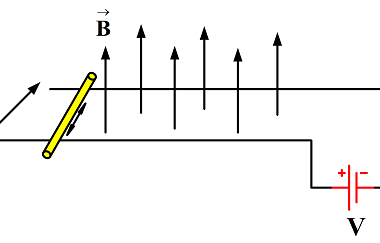Infrared
Infrared (IR) is a type of electromagnetic radiation that has a longer wavelength than visible light but shorter than radio waves. The wavelength of infrared radiation ranges from approximately 700 nanometers (nm) to 1 millimeter (mm). IR radiation is emitted by all objects with a temperature above absolute zero, and its intensity and wavelength distribution…









